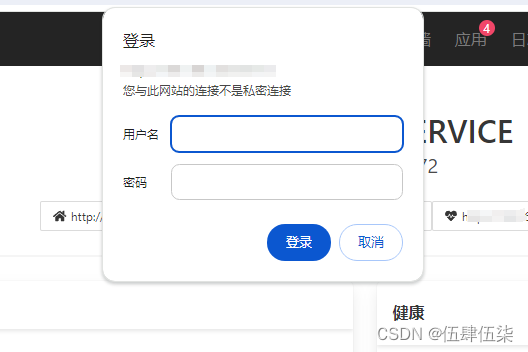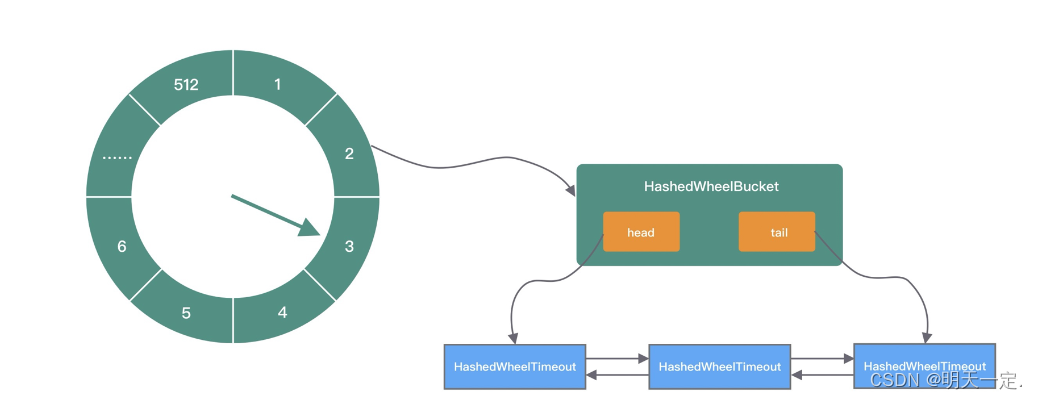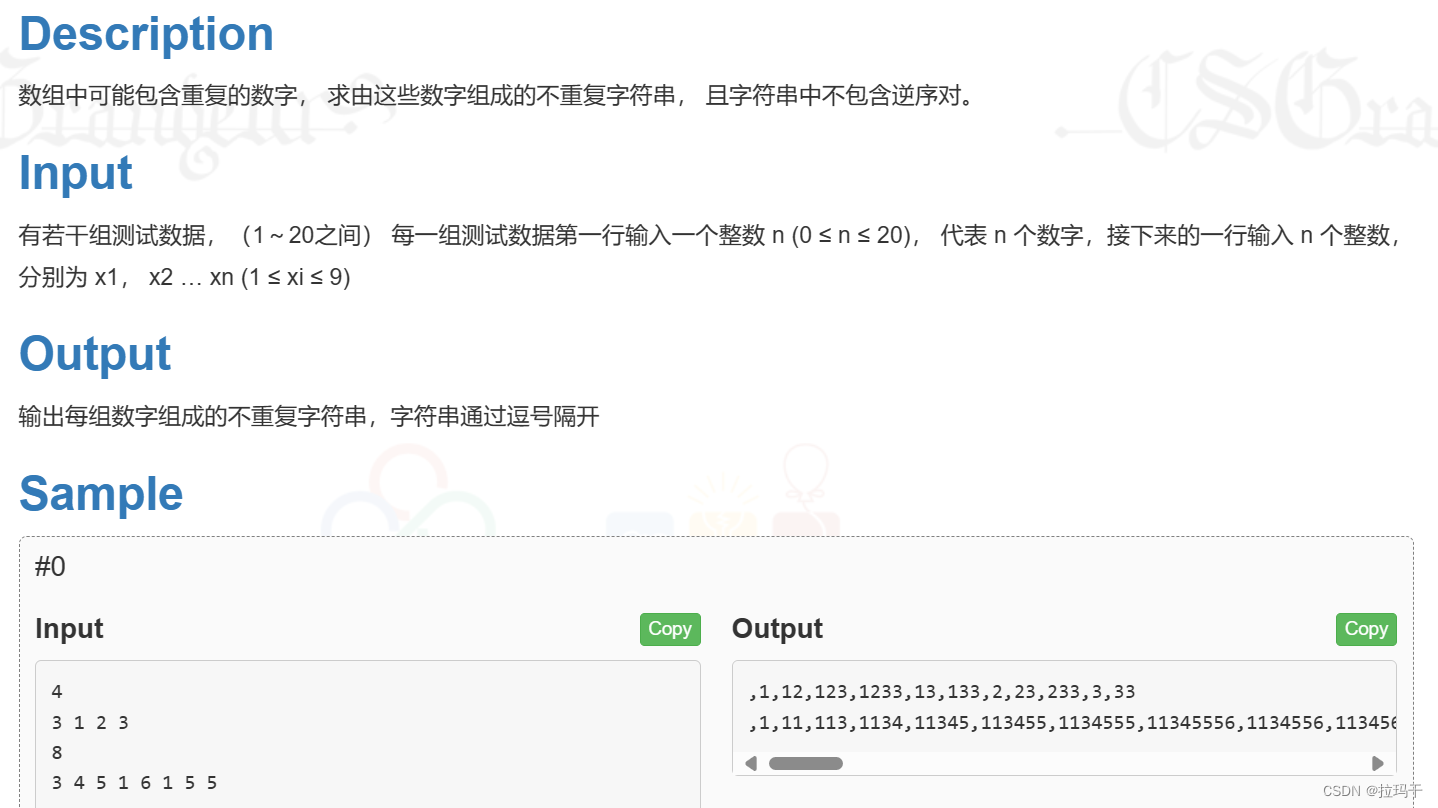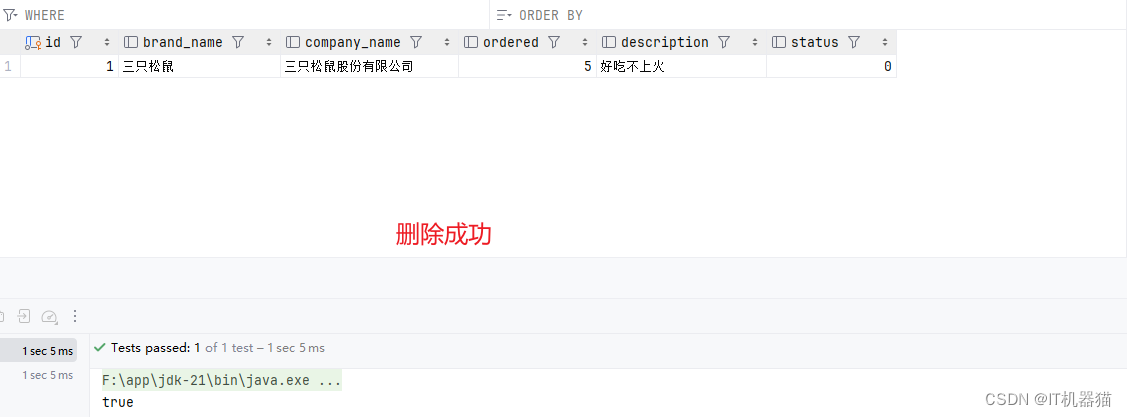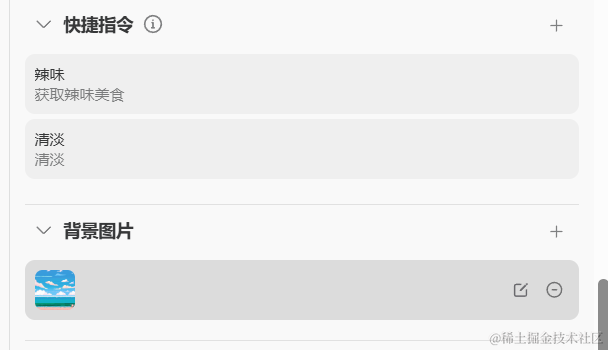在信息爆炸的时代,自动回复信息的插件成为了许多用户和管理者的得力助手,这些插件能够根据预设的规则或算法,自动、快速、准确地回复用户的信息,极大地提高了沟通效率和用户体验。
而开发这样一款插件,离不开一系列精心编写的代码,接下来,我将分享五段关键的源代码,并解释它们在自动回复信息插件中的作用。

一、监听消息队列的代码
import asyncio
from aiomqtt import Client as MQTTClient
async def on_message(client, userdata, msg):
# 当收到MQTT消息时触发
message = msg.payload.decode()
# 调用自动回复逻辑
response = auto_reply(message)
# ... 发送响应的代码 ...
async def main():
client = MQTTClient(client_id="auto_reply_bot")
await client.connect("mqtt.example.com")
await client.subscribe("incoming_messages/#")
client.on_message = on_message
await client.loop_forever()
# 运行主程序
asyncio.run(main())这段代码使用了MQTT(Message Queuing Telemetry Transport)协议来监听消息队列,当有新消息到达时,on_message函数会被触发,进而调用自动回复的逻辑。
MQTT是一种轻量级的发布/订阅消息传输协议,广泛应用于物联网领域,其灵活性使得它能够适应各种自动回复的场景。
二、解析用户消息的代码
import re
def parse_message(message):
# 使用正则表达式解析用户消息
pattern = re.compile(r'^(hello|hi|hey) (.*)$')
match = pattern.match(message)
if match:
greeting, name = match.groups()
return {'greeting': greeting, 'name': name}
return None
# 示例用法
message = "hello John"
parsed_message = parse_message(message)
print(parsed_message) # 输出: {'greeting': 'hello', 'name': 'John'}这段代码展示了如何使用正则表达式来解析用户消息,在这个例子中,我们假设用户消息是以“hello”、“hi”或“hey”开头的问候语,后面跟着一个名字,通过匹配这个模式,我们可以提取出问候语和名字,为后续的自动回复提供有用的信息。
三、自动回复逻辑的代码
def auto_reply(message):
parsed = parse_message(message)
if parsed:
greeting, name = parsed['greeting'], parsed['name']
response = f"{greeting.capitalize()} {name}, how are you?"
return response
else:
return "I'm sorry, I didn't understand your message."
# 示例用法
response = auto_reply("hello Jane")
print(response) # 输出: "Hello Jane, how are you?"这段代码实现了自动回复的逻辑,它首先调用parse_message函数来解析用户消息,然后根据解析结果生成相应的回复。
在这个例子中,如果消息是一个问候语加上一个名字,那么回复就是一个礼貌的问候;否则,回复就是一个表示未理解的消息的通用响应。
四、发送响应的代码
import smtplib
from email.mime.text import MIMEText
def send_email(to_email, subject, body):
from_email = "noreply@example.com"
password = "your_password" # 邮箱密码或授权码
message = MIMEText(body, 'plain')
message['From'] = from_email
message['To'] = to_email
message['Subject'] = subject
with smtplib.SMTP('smtp.example.com', 587) as server:
server.login(from_email, password)
server.sendmail(from_email, to_email, message.as_string())
# 示例用法
send_email("jane@example.com", "自动回复", "Hello Jane, how are you?")这段代码展示了如何发送电子邮件作为自动回复的方式,它使用Python的smtplib和email.mime.text模块来构建和发送电子邮件。
在这个例子中,我们假设自动回复是通过电子邮件发送的,因此我们需要提供收件人的电子邮件地址、邮件主题和邮件正文。
五、整合与优化的代码
import asyncio
import re
from aiomqtt import Client as MQTTClient
from email.mime.text import MIMEText
import smtplib
class AutoReplyPlugin:
def __init__(self, mqtt_broker, mqtt_topic, email_config):
self.mqtt_broker = mqtt_broker
self.mqtt_topic = mqtt_topic
self.email_config = email_config
self.client = None
async def connect_mqtt(self):
self.client = MQTTClient(client_id="auto_reply_bot")
await self.client.connect(self.mqtt_broker)
await self.client.subscribe(self.mqtt_topic)
self.client.on_message = self.on_mqtt_message
async def on_mqtt_message(self, client, userdata, msg):
message = msg.payload.decode()
response = self.auto_reply(message)
await self.send_response(response)
def auto_reply(self, message):
pattern = re.compile(r'^(hello|hi|hey) (.*)$')
match = pattern.match(message)
if match:
greeting, name = match.groups()
return f"{greeting.capitalize()} {name}, how are you?"
else:
return "I'm sorry, I didn't understand your message."
async def send_response(self, response):
if self.email_config:
# 发送电子邮件作为响应
to_email = self.email_config['to_email']
subject = "Auto Reply"
await self.send_email(to_email, subject, response)
# 这里可以添加其他发送响应的方式,如通过MQTT、HTTP等
async def send_email(self, to_email, subject, body):
from_email = self.email_config['from_email']
password = self.email_config['password']
message = MIMEText(body, 'plain')
message['From'] = from_email
message['To'] = to_email
message['Subject'] = subject
with smtplib.SMTP(self.email_config['smtp_server'], self.email_config['smtp_port']) as server:
server.login(from_email, password)
server.sendmail(from_email, to_email, message.as_string())
async def run(self):
await self.connect_mqtt()
await self.client.loop_forever()
# 示例用法
email_config = {
'to_email': 'jane@example.com',
'from_email': 'noreply@example.com',
'password': 'your_password',
'smtp_server': 'smtp.example.com',
'smtp_port': 587
}
plugin = AutoReplyPlugin('mqtt.example.com', 'incoming_messages/#', email_config)
asyncio.run(plugin.run())通过整合和优化代码,我们可以创建一个稳定、可扩展的自动回复插件,以满足各种场景下的需求。



